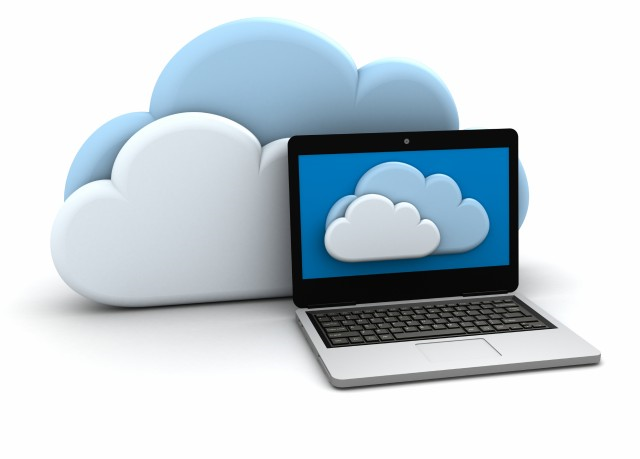 We all know what virtual reality is, as well as virtual schooling, virtual friends and so on, but not many people know what a virtual machine is when it comes to IT.
We all know what virtual reality is, as well as virtual schooling, virtual friends and so on, but not many people know what a virtual machine is when it comes to IT.
It’s fairly simple; you place a set of resources, like RAM or a CPU, into its own space within a computer. So far so good, but why would someone do this when the computer already has them installed for real?
A virtual machine offers a lot of opportunities
Most of these opportunities stem from your able to run other operating systems in your current OS. This gives you lots of benefits.
You can try out new operating systems
You might, after years of using windows, want to give Linux a whirl, just to see what your nerdy chum is always going on about. You could try a dual-boot arrangement, but a virtual machine is the safest and most secure way to take a walk on the wild side. Using a VM is safer because it sandboxes the trial OS, so if something goes wrong, the main OS is insulated. The new OS could completely fail and all you have to do is reinstall it – if you decide to give it another go, that is.
You can revisit old or incompatible software
You might have used a particular software earlier in your life, or you may decide to stay with Linux but still want access to your old Windows OS so you can carry on with a project. Using a VM will help you to do just that – you have the best of both worlds – your new host OS and your handy old favourite installed in its very own secure unit.
Play around with malware
A virtual machine is sandboxed – so within its confines you’re safe to open dodgy-looking emails or even emails that you know contain malware so you can see exactly what they’re about. You can install viruses into the OS for research, for example, or to find out how to combat them.
There is an element of risk, however, especially if the virus realises that it’s been released into a VM and tries to bust out into the host OS – it’s not unheard of.
Do a system teardown
One of the ways you learn about operating systems is to take them apart and put them back together again. If you’re looking to become more techy you can create a virtual Windows 10 and start messing with it just to see what happens; if you destroy it, you can just recreate it. This is also handy for getting to know all about the command line in Linux.
Make back-up snapshots
A really useful feature of a VM is making system snapshots that you can restore whenever you need to. This is great for testing apps, or for uninstalling software that you don’t need to use for a while, or for trying out some new system configurations that might prove troublesome. All you have to do is take the snapshot before you start and when you want the stored software again, pull it out and reinstall the snapshot. Bingo!
Clone an entire system
The entire system of a VM is stored in just one file, so you can transfer it to another computer and install it with no hassle – as long as you’re using the same virtualisation package, obviously.
For more information please visit here: https://www.probrand.co.uk/it-services/vmware-solutions/virtual-machine

